Must-Visit Historical Haunts of Sydney, Australia
The big sprawling nation of Australia is home to bigger than life people and places. But beyond the majestic views of Uluru (once known as Ayer’s Rock) and infamous outlaw Ned Kelly, the “land down under” is a hotbed of ghostly memories of its storied past. At the end of 2009, I had the rare opportunity to visit this fascinating country and take a paranormal pilgrimage to a few creepy travel destinations you won’t find on your standard tourist maps.
Not everyone in Australia believes in ghosts, and Australians aren’t as ghost crazy as Americans. Few places have reached the legendary status of comparable buildings in the states. Still, there are a few well-known haunted places across the country: Monte Cristo Homestead, Port Arthur, Maitland Gaol, and many others. Yet spirits certainly are a part of the history and culture across the nation. Just listening to the bush ballad ‘Waltzing Matilda’ shows one clear example. Said to have been based on a true story, the song ends with the swagman’s ghost still haunting the billabong (purported to be Combo Waterhole in Queensland).
But there is one iconic true ghost story well-known among Aussies. It’s celebrated every year in this month with a festival.
ADVERTISEMENT
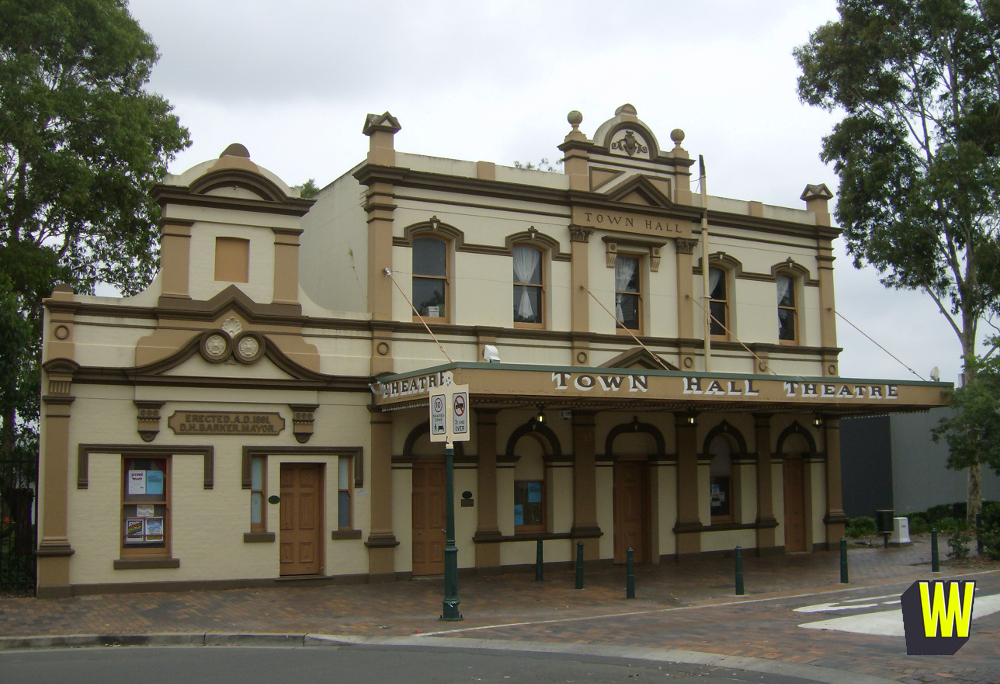
Town Hall Theatre, one haunt of Fisher’s Ghost, was built on the site of the Worral residence. (Summers)
Fisher’s Ghost
Frederick Fisher was a former convict turned farmer in the early 19th century trying to turn around his life in Campbelltown (outside of Sydney). In 1826, he found himself in trouble with the law again following an incident with a knife. Anticipating a long return to prison, he gave his neighbor William George Worral power of attorney. Luckily for Fisher, the trial went better than expected; he was released with a light sentence. But on June 17, Fisher mysteriously vanished. When questioned, Worral told the townspeople that Fisher had left him everything and sailed to England to make a fresh start. Suspicions arose almost immediately.
Worral was arrested on September 17 on suspicion of murder, yet no body could be found. One night in October, a wealthy farmer named John Farley (or James Hurley in other story versions) was heading home from Patrick’s Inn and met a terrifying sight on the Queen Street bridge. The ghost of Fred Fisher sat on the rail and pointed in the direction or Worral’s land beside a creek separating Worral’s and Fisher’s properties. Terrified, Farley raced home and soon told authorities about the disturbing encounter. On October 25, two local boys reported seeing blood stains on Worral’s fence. Police called in an Aboriginal tracker named Gilbert and soon discovered Fisher’s body exactly where the ghost had pointed.
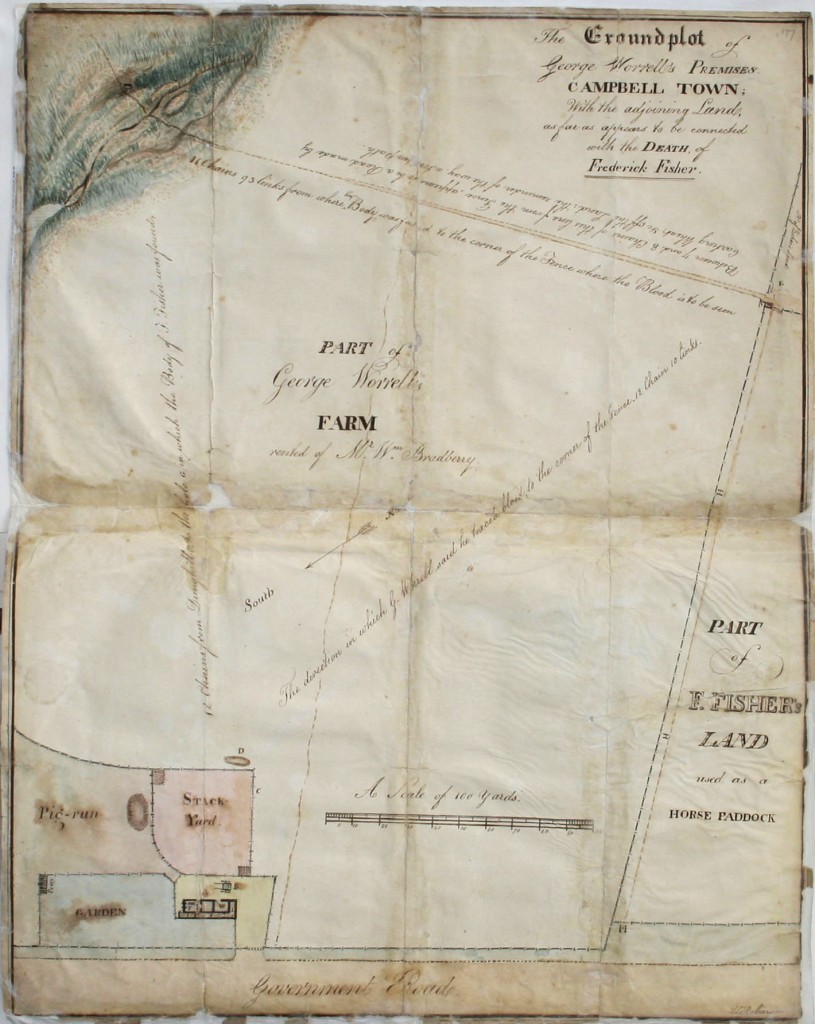
A period map, showing the locations of discoveries related to the death of Fisher. (NSW State Records)
The trial began on February 2, 1827. Worral was found guilty of Fisher’s murder. At the gallows three days later, Worral confessed, claiming it was a case of mistaken identity (he thought Fisher was a horse in his wheat crop), yet not surprisingly, no one believed him. But that was not the end of Fisher’s ghost. Hauntings blamed on Fisher are abound in Campbelltown. Today, the stream where the body was discovered is renamed Fisher’s Ghost Creek. Since 1826, the ghostly form attributed to Fisher has been seen many times at the bridge on Queen Street. He has also made appearances at the nearby Town Hall Theatre, said to have been built at the site of Worral’s homestead.
Today, Campbelltown celebrates its infamous ghostly celebrity every year in November with the Festival of Fisher’s Ghost. The event dating back to 1956 includes a parade, street fair, six-day carnival, and immense display of fireworks. While you might see many Halloween-style ghosts parading down the street, one of them might be Fisher himself. It’s believed that he visits the festival every year.
There’s an other Ghost Creek worth mentioning, this time in Illawarra, a suburb of the coastal city of Wollongong. Far less famous than Fisher, the ghost of Lieutenant Otway haunted the bridge on Crown Street where he shot himself on April 10, 1836, after a night of drunken behavior put his military career at risk of ending badly. Today, the creek is hidden by concrete and Otway’s ghost seems to be dormant.
Rookwood Necropolis
Sydney’s first cemetery was buried beneath present-day Sydney Town Hall (which some say is still haunted by those early settlers). A number of bodies exhumed were re-interred at Rookwood Necropolis. Today, this cemetery is the largest multicultural burial ground not only in Australia but in all the Southern Hemisphere. In the three square kilometers (over one square mile) of grounds, about one million souls have found their final rest. Though some may not be so peaceful; Rookwood is also said to be the most haunted cemetery in the world.
An ideal spot for a new cemetery at Haslem’s Creek (now Lidcombe) was chosen in 1862. The 200 acres were far enough away from Sydney as not to worry about encroachment (or so they believed). By 1879, the government needed to buy an additional 577 acres to make more room. Originally, a railway led to the cemetery for funerals but that ceased in 1948 after automobile funerals won out in popularity. Four of the five stations were demolished, with the last one being sold to Reverend Buckle in 1951 who dismantled it and reconstructed the stone structure as All Saints Church of England in Canberra’s suburb of Ainslie. Many other buildings still remain at the cemetery, including a dozen chapels, three florist shops, and two cafes, making Rookwood fittingly named a necropolis, or “city of the dead.”
Some of the oldest sections of the cemetery are overgrown with abundant indigenous plants as well as many various horticultural specimens. The Friends of Rookwood Inc. offers a variety of historical tours covering some famous and fascinating people buried throughout the cemetery. And undoubtedly one of the most interesting people you will find among the headstones is William Davenport.

The famed Davenport Brothers. (LOC)
The Davenport Brothers, Ira and William, were highly acclaimed in their time as Spiritualist mediums. Born in Buffalo, New York the duo toured the United States for 10 years and met a great deal of skepticism from Houdini and others intent on exposing their magician’s tricks as fraud. At the age of 36, William passed away from Tuberculosis on July 1, 1877 at the Oxford Hotel in Sydney. Ira returned to the US until his death in 1911 at which time he was buried in Mayville, New York.
There is some debate about how haunted the cemetery really is. If you ask tour guide Robyn Hawes, she’ll tell you there are no ghosts at Rookwood. Yet for decades haunting rumors have persisted. Allegedly both visitors and employees have experienced paranormal phenomena in Rookwood. Perhaps it’s caused by a lonely convict of Davenport himself making one last appearance to better his reputation? Or is it just that pesky belief that all cemeteries must be haunted? Either way, Rookwood has become a top tourist destination for not only the old Victorian headstones but its interesting art exhibits. Just don’t let the staff’s designer Kardashian uniforms scare you away.
Quarantine Station
Sydney Harbour National Park is home to what is now one of the best-known Aussie hauntings, for those who watch paranormal shows. North Head Quarantine Station has a history dating back to 1832 when it began as a remote outpost to keep would-be sick people newly arrived in Sydney from infecting the residents. As you walk along the rocky entrance road, there are reminders everywhere in the form of carvings in stone where ship crew and passengers forever left their mark as they counted down their time in isolation. While conditions until its closing in 1984 were at times horrible, today you can dine or spend the night at this sprawling complex… or catch one of its ghost tours.
Not all the 500-600 souls who lost their lives at Q Station have left their home away from home. A ghostly blond girl who likes holding the hands of visitors is one of the best-known spooks on site, but the hospital ward is said to be home to several spectral patients and nurses. The shower block, mortuary, and cemetery (which consists of only one marked grave today) are among the most active places, though speaking from experience, even the museum in broad daylight is a little unnerving when there are very few people around.
MORE GREAT STORIES FROM WEEK IN WEIRD:


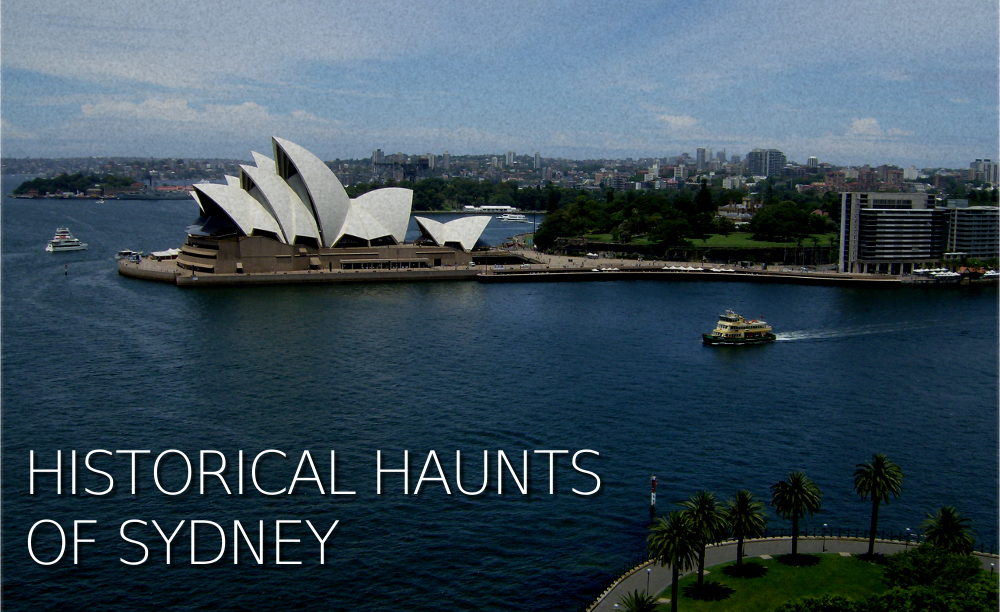
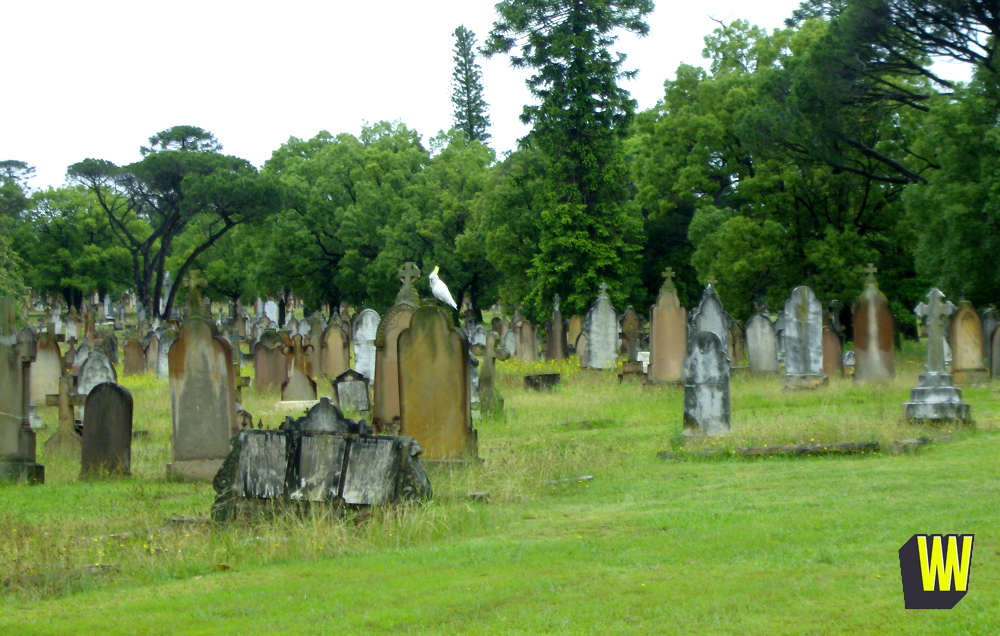
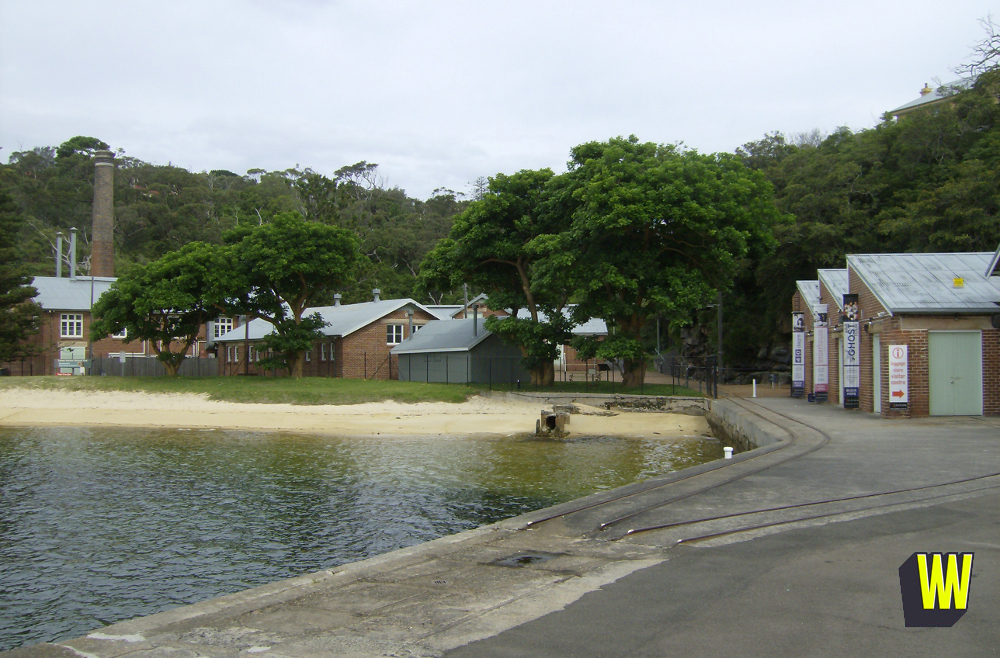
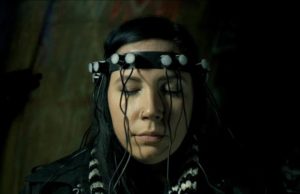
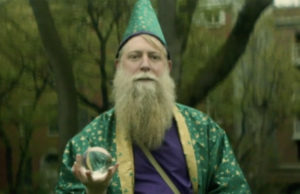
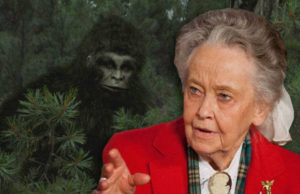
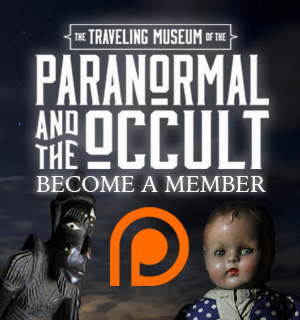
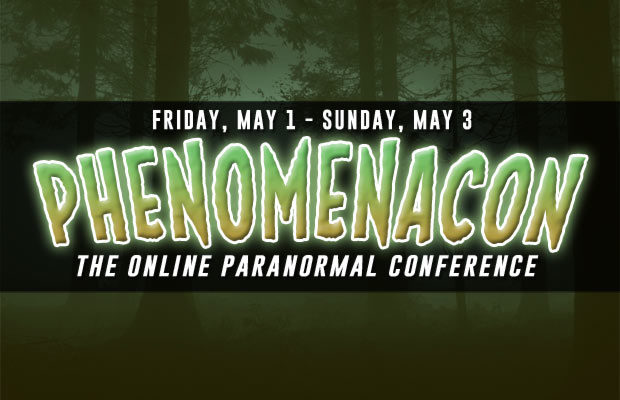
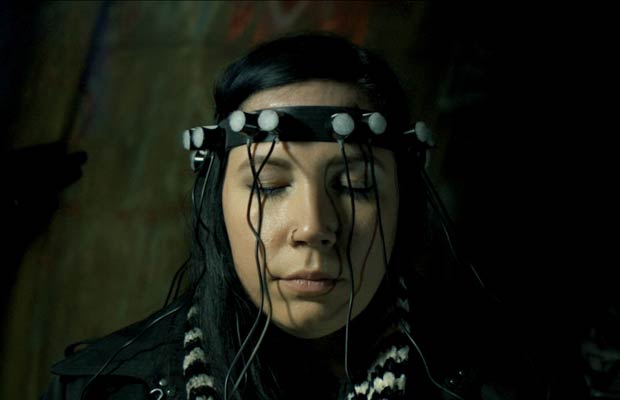
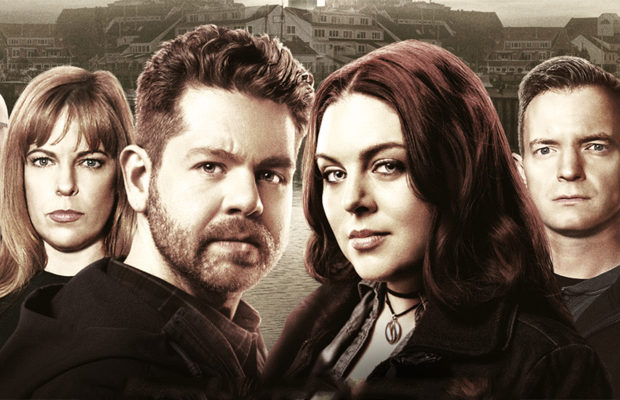
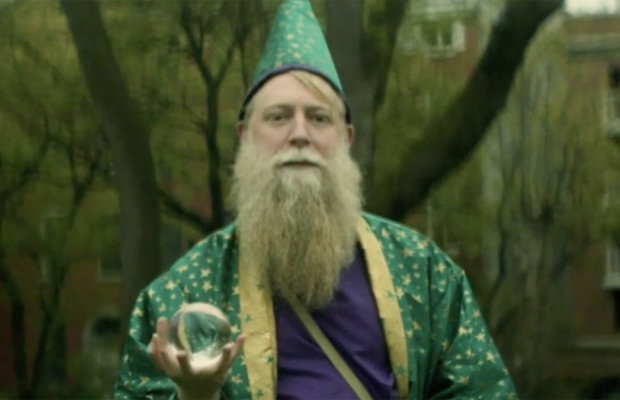

You must be logged in to post a comment Login